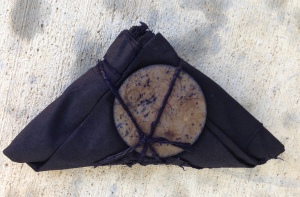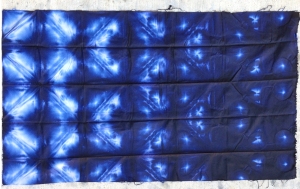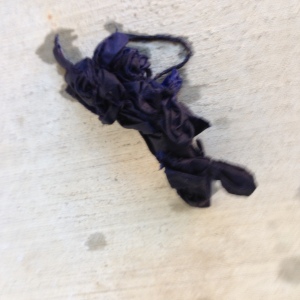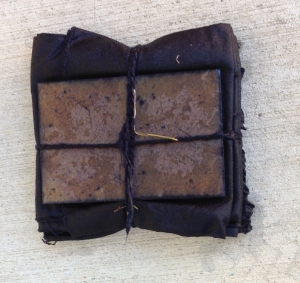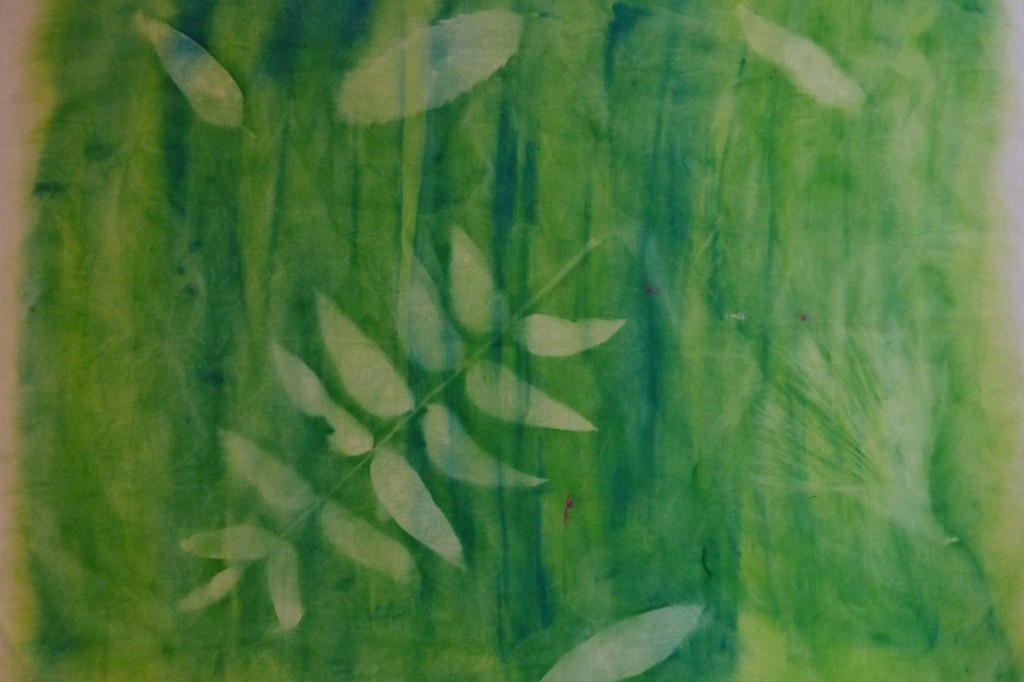 Often. to get the look that I’m after for an art piece, I have to dye my own fabric. Now, that’s not something that I see an a hardship – although it is a lot of work: messy work. Especially now that I have my own studio with a SINK!! And there was a reason I wanted to leave the concrete floors “as-is” during the garage conversion.
Often. to get the look that I’m after for an art piece, I have to dye my own fabric. Now, that’s not something that I see an a hardship – although it is a lot of work: messy work. Especially now that I have my own studio with a SINK!! And there was a reason I wanted to leave the concrete floors “as-is” during the garage conversion.
So last night I tackled the job at hand and set about to dye several lengths of fabric for a couple of upcoming quilts. The fabrics were all immersed in their respective color baths and I left them to cure overnight. This morning, after oohing and aahing at the lineup of color on my worktable, I took the fabric/dyebath containers to the sink one by one to do the rinsing.
So far I’ve discovered that when rinsing “Deep Space” (Dharmatrading), I rinsed out Purple; when rinsing “Emerald Green” (from Pro Chemical & Dye), I rinsed out Turquoise, and while I swished around the “Gunmetal Gray” (Dharmatrading), RED water drained away!
Well, I do realize that a lot of these dyes are mixtures – but I’m always delighted when I see the elements right in front of my eyes.
I’m reminded of being 10 years old and playing with my chemistry set. This was my favorite toy as a kid. Mostly I loved mixing the chemicals to see what color I could get.
I LOVE what I do!












